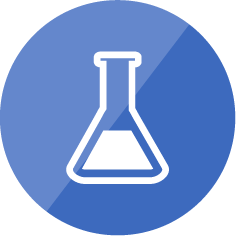
Intro to Biomedical Sciences
Which organ has over 400 functions? Are there liquid tissues in the human body? What factors contribute to the development of cancer? Much like Leonardo da Vinci's fascination with human anatomy, our course delves into these intriguing questions! Drawing upon fundamental biological and chemical concepts, students explore the intricate anatomical and physiological mechanisms that govern normal human function, as an introduction to human biology and the science of medicine. Students learn about the human body’s different systems, including the digestive, cardiovascular, respiratory, musculoskeletal, excretory, nervous, endocrine, and immune systems, highlighting their interconnectedness. Laboratory activities encompass histology, anatomy and physiology (including dissections) and biochemistry techniques. Students also learn practical skills, such as suturing, and dive into group work, solving epidemiology mysteries and investigating the causes and cures for different diseases.
Learning Objectives
Model the interrelatedness of three human body systems working together to maintain homeostasis.
Demonstrate the skills and tools to complete scientific dissections.
Select, review and report on a disease or syndrome that impacts one human body system, including its causes, manifestation, symptoms and treatment methods.
